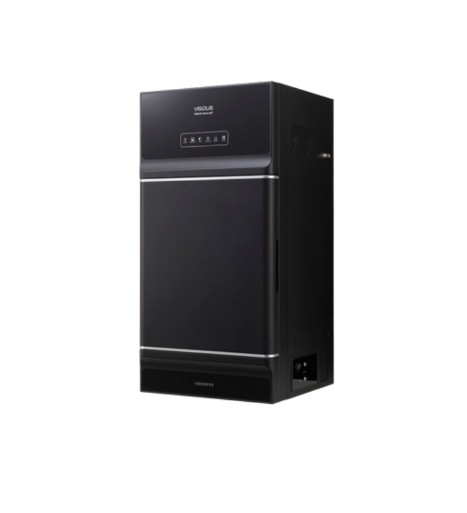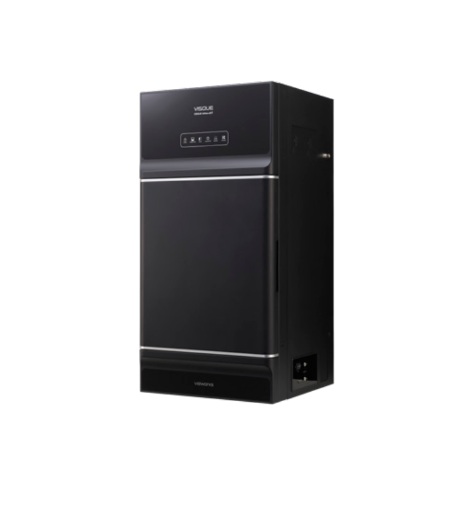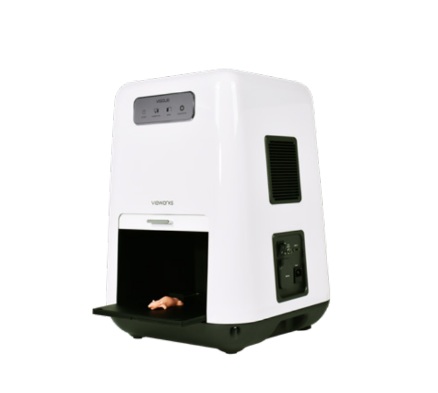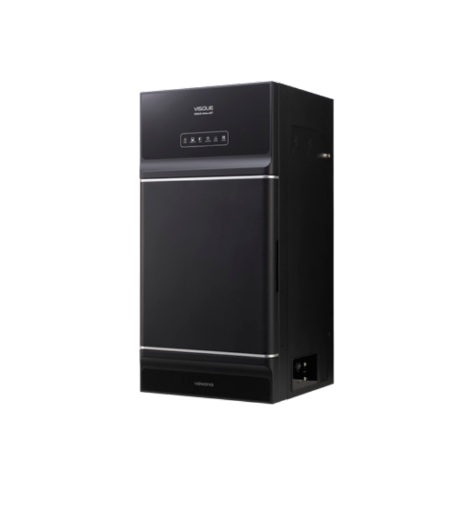
VISQUE ART 400 – High-Sensitivity Bioluminescence & Fluorescence Imaging

The VISQUE In-Vivo Series offers state-of-the-art imaging systems designed to provide precise, high-resolution visualization of biological processes in small animal models. These systems support a wide range of research fields, including oncology, neurology, immunology, and drug development, by combining cutting-edge optics with intuitive software for comprehensive data analysis.
The VISQUE ART 400 is a premium in-vivo imaging system that offers exceptional sensitivity and resolution for both bioluminescence and fluorescence imaging. Engineered with a high-performance, ultra-cooled CCD camera, this system minimizes background noise and enables the detection of even the weakest light signals, making it ideal for applications requiring precise, low-light imaging.
Features
- Ultra-Cooled CCD Camera (-90°C): Reduces thermal noise for ultra-sensitive detection of bioluminescent and fluorescent signals.
- High Quantum Efficiency (QE): Enhanced sensitivity across a wide range of wavelengths for multi-spectral imaging.
- Flexible Filter Sets: Supports multi-color fluorescence imaging for complex, multiplexed experiments.
- Automated Imaging Workflow: User-friendly software automates image acquisition and data analysis.
- Ideal Applications: Tumor growth monitoring, gene expression studies, drug efficacy testing, and stem cell tracking.
Related Products

VISQUE Insight – High-Resolution Fluorescence Imaging & Analysis
The VISQUE Insight system is a specialized imaging solution designed f...

VISQUE SMART-LF – Integrated Bioluminescence and Fluorescence Imaging
Vieworks is a global innovator in advanced imaging technologies, deliv...

VISQUE ART 100 – Compact and Versatile Imaging for Routine Research
Vieworks is a global innovator in advanced imaging technologies, deliv...
Technology
Preclinical In-Vivo Imaging
Preclinical in-vivo imaging is a cutting-edge, non-invasive technique that allows researchers to visualize and analyze biological processes in living animal models over time. This approach is essential in bridging the gap between basic rese...
Read More

